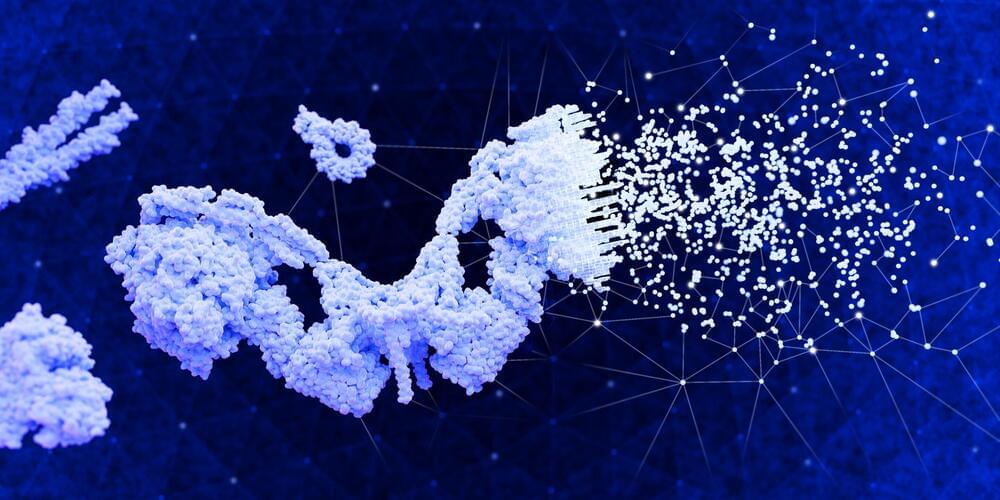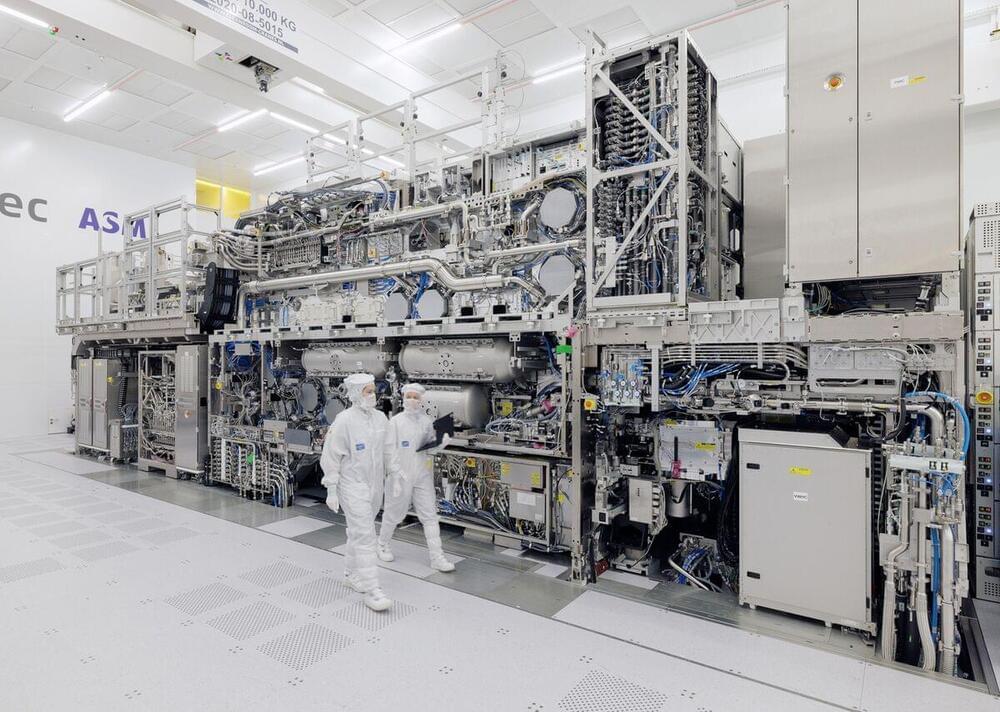And exploration of the The Unintended Consequences of Artificial Intelligence. My Patreon Page: https://www.patreon.com/johnmichaelgodierMy Event Horizon Chan…
Category: robotics/AI – Page 778
The promise of collective superintelligence
In the short term, CSI technology enables an entirely new form of communication in which thoughtful deliberations can be conducted among groups of nearly any size. This has potential to enhance a wide range of fields from enterprise collaboration and market research to large-scale civic engagement.
In the longer term, this approach could enable a new pathway to superintelligence that is inherently aligned with human values, morals and sensibilities. Of course, companies like OpenAI and Anthropic should keep working around the clock to instill their AI models with human values and interests, but others should be pursuing alternative methods that amplify rather than replace human intelligence. One alternative is Collective Superintelligence, which looks far more feasible today than in years past.
Louis Rosenberg is a longtime technologist in the fields of AI and VR. He is known for founding early VR company Immersion in 1993, Unanimous AI in 2014, and for developing the first mixed reality system as a researcher for the U.S. Air Force.

AI tool predicts function of unknown proteins
A new artificial intelligence (AI) tool that draws logical inferences about the function of unknown proteins promises to help scientists unravel the inner workings of the cell.
Developed by KAUST bioinformatics researcher Maxat Kulmanov and colleagues, the tool outperforms existing analytical methods for forecasting protein functions and is even able to analyze proteins with no clear matches in existing datasets.
The research appears in Nature Machine Intelligence.

Chinese Women Say AI Boyfriends Are “Better Than a Real Man”
In China, new AI chatbots offer romance and companionship that can rival that of a human lover.
In interviews with the AFP news wire, young women in China said that their AI boyfriends, which they customize on various chatbot apps available in the country, are better conversationalists than their human counterparts.
“He knows how to talk to women better than a real man,” remarked Tufei, a woman from the Northern Chinese city of Xi’an, who uses a dating chatbot app called “Glow.”
Timelapse of Future Technology 2 (Sci-Fi Documentary)
This timelapse of future technology begins with 2 Starships, launched to resupply the International Space Station. But how far into the future do you want to go?
Tesla Bots will be sent to work on the Moon, and A.I. chat bots will guide people into dreams that they can control (lucid dreams). And what happens when humanity forms a deeper understanding of dark energy, worm holes, and black holes. What type of new technologies could this advanced knowledge develop? Could SpaceX launch 100 Artificial Intelligence Starships, spread across our Solar System and beyond into Interstellar space, working together to form a cosmic internet, creating the Encyclopedia of the Galaxy. Could Einstein’s equations lead to technologies in teleportation, and laboratory grown black holes.
Other topics covered in this sci-fi documentary video include: the building of super projects made possible by advancing fusion energy, the possibilities of brain chips, new age space technology and spacecraft such as a hover bike developed for the Moon in 2050, Mars colonization, and technology predictions based on black holes, biotechnology, and when will humanity become a Kardashev Type 1, and then Type 2 Civilization.
To see more of Venture City and to access the ‘The Future Archive Files’…
• Timelapse of Future Technology (Master List)
• Encyclopedia of the Future (Entries)
…visit my Patreon here: / venturecity.


Google DeepMind’s New AI Matches Gold Medal Performance in Math Olympics
After cracking an unsolvable mathematics problem last year, AI is back to tackle geometry.
Developed by Google DeepMind, a new algorithm, AlphaGeometry, can crush problems from past International Mathematical Olympiads—a top-level competition for high schoolers—and matches the performance of previous gold medalists.
When challenged with 30 difficult geometry problems, the AI successfully solved 25 within the standard allotted time, beating previous state-of-the-art algorithms by 15 answers.
OpenAI is reportedly investing in humanoid robots
Microsoft and OpenAI are reportedly in talks to invest $100 million into robotics startup Figure — suggesting that they might hope to combine their tech with its humanoid robot.
The background: A lot of humanoid robots can look impressive in demos but turn out to be highly limited in reality.
To have a big impact in the workforce, these machines need to be not only physically capable of doing a job — a tricky enough engineering challenge — but also smart enough to tackle a huge variety of tasks with minimal training and supervision.
MagicLab’s humanoid can toast marshmallows, fold clothes and dance
Miniature high-torque servo actuators combined with sensitive multi-dimensional pressure sensors enabled the team to create an exceptionally dexterous hand–MagicBot.
MagicLab debuts its humanoid design–MagicBot in January, showcasing exceptional balance and dexterity, positioning it as a rival to Boston Dynamics’ Atlas.
RTX: Nvidia unveils AI chatbot — can be fed your PC’s docs and videos
From the groundbreaking RTX 2000 Ada GPU to the exciting Chat with RTX AI app, explore how Nvidia is redefining the digital experience.
If you’re equipped with an RTX 30 or 40 series GPU, embark on an immersive AI journey. Learn how these innovations are poised to set new benchmarks.